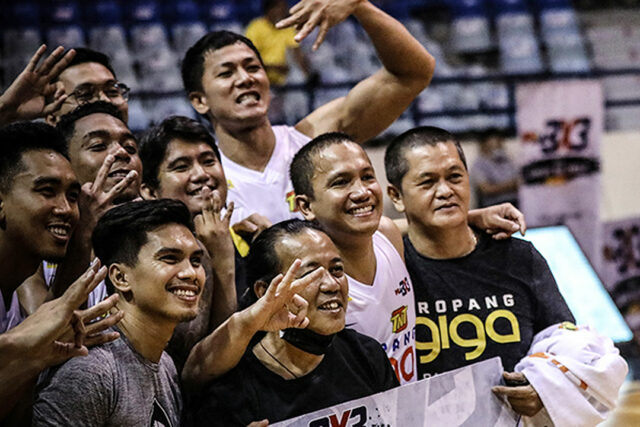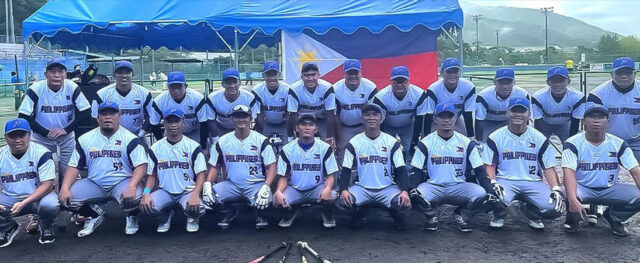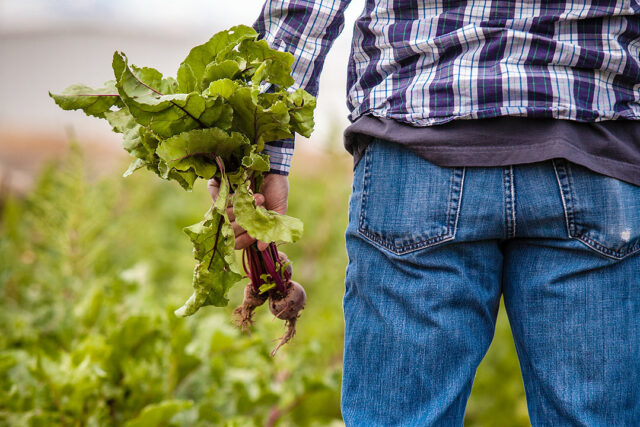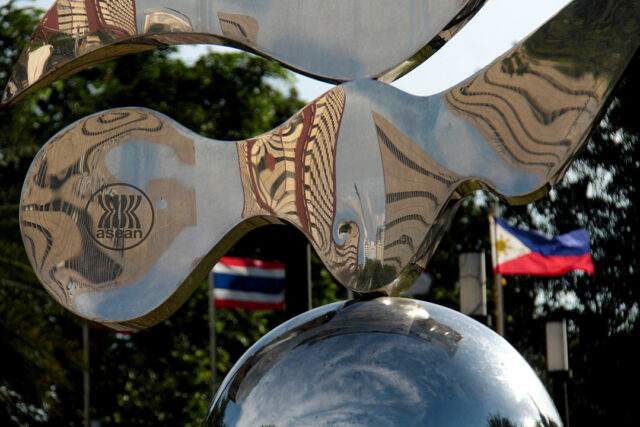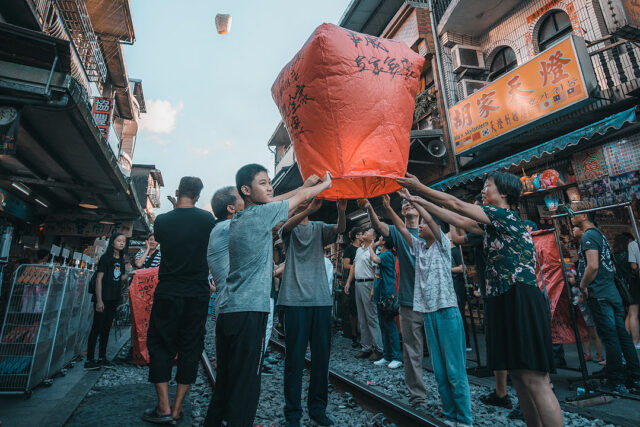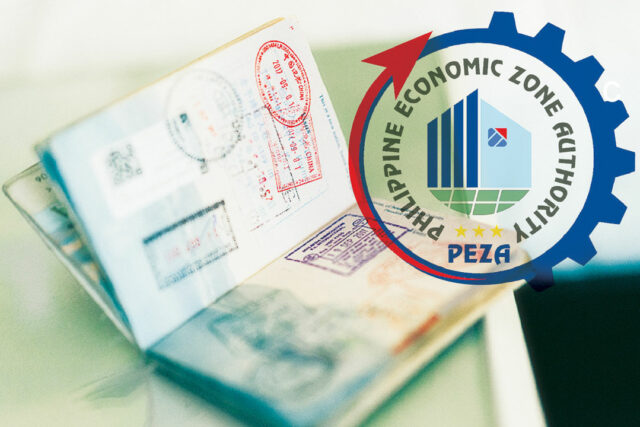(Part 3)
Under the leadership of former Secretary of Agriculture William Dar, working closely with a private Advisory Group (resembling what President Ferdinand Marcos, Jr. has assembled early on in his presidential term), a new thinking was introduced into the Department of Agriculture (DA) to address directly the obstacles identified to agricultural development and food security enumerated in the earlier pieces in this series. A major feature of this “new thinking” is the wholistic approach that made sure that the target for increased productivity and effectiveness was not limited to the farming sector but embraced the whole agribusiness value chain, from farming to downstream activities such as post-harvest (e.g., harvesting, drying, milling, etc.) as well as processing, warehousing, cold storage, logistics, wholesale, retailing and down to the ultimate consumers.
By shifting the focus away from mere farming to the entire agribusiness value chain, there will be efforts to increase the productivity not only of the farmers but also all the links of the value chain. In this way, the results will be quality and nutritious food (i.e., food safety), at affordable prices (i.e., price stability and sustainability). With a wholistic approach to the entire agribusiness sector, our farmers will be rendered competitive with tillers from neighboring countries and selected producing nations in the world. We should especially compare our agribusiness sector to our neighboring countries in the ASEAN, such as Thailand, Indonesia, and Vietnam that have more or less similar natural resource endowments.
It has to be stressed that “food sufficiency” is not the ultimate objective, since no country in the world has become completely food sufficient. The more realistic goal is “food security” which accepts the reality that not all food can be produced cheaply within the country because of agro-climatic limitations. The obvious examples are milk, soybeans, apples, oranges, and grapes. I still remember the tragi-comic example in the 1970s of planters in the Philippines trying to produce grapes profitably. Much money — that could have been more profitably spent on increasing the supply of onions, garlic, papaya, and mangoes — was wasted in the futile attempts to grow grapes in the tropical setting of the Philippines. We can never ignore the importance of international trade in ensuring an adequate supply of quality and nutritious food at affordable prices for the consumers. This would be especially crucial to the most vulnerable in our population, babies and children, who need milk for their healthy growth, especially for their brains.
Replacing the goal of “food sufficiency” with the more realistic one of “food security,” the DA (now under the President himself) can position the agricultural sector in a larger context of policies that take into account the dynamics of the entire range of players who are involved, from input supply and production, aggregation, processing, transporting, warehousing, marketing, distribution and consumption of food products that proceed from the agriculture, fisheries and forestry (AFF) sector. We have to be thankful to the leadership in the DA of the last Administration for contributing this new way of looking at food security. It is an all-encompassing fresh system which takes account all the major dimensions or sub-systems — economic, social and environmental — that can have a ripple effect on the entire system and must be primarily considered when pursuing food security and sustainability. By adopting the systems thinking approach, the DA will be enabled to quickly respond to feedback loops within the system, mapping out impacts, as well as vulnerabilities and risks, thus identifying effective interventions for stronger food security.
Probably because of a silo mindset, previous leaderships of the Agriculture department failed to take a wholistic approach to understanding and responding to the challenges besetting the Philippine agriculture (more precisely, agribusiness) sector. As a consequence of this limited approach, the DA had a bias in its budget programming in favor of production and production subsidies. This bias could explain the slow growth of the agricultural and fisheries sector.
A more controversial issue, however, is whether or not the DA has been getting its fair share of the national budget, considering the greatest importance of food security and sustainability for the country, not only to attain high GDP growth but, more importantly, to significantly reduce mass poverty. The DA has been vocal about the necessity of exponentially augmenting general appropriations for the sector. The very slow growth of income generated by the agricultural sector has been attributed by DA officials to the meager percentage of the general budget that it has been receiving. Over the last 10 years, the Philippines has allotted only an average of 1.5% of its total budget to AFF sector. This pales in comparison to the shares in the total government budgets enjoyed by the AFF sectors of other ASEAN countries such as Vietnam (6.5%), Indonesia (3%) and Malaysia (2.3%).
It will not be smooth sailing, however, for President Marcos Jr. as concurrent Secretary of Agriculture, to convince the Philippine Congress to increase the budget of agriculture because some very powerful members of the Senate (which include the President’s sister, Senator Imee Marcos) have been very critical about how some officials of the DA in the last Administration had miserably underspent their budgets.
In a recent hearing of the Senate committee on agriculture, Senators Cynthia Villar and Imee Marcos lashed out at officials of the Philippine Center for Postharvest Development and Mechanization (PhilMech) for grossly underspending their budgeted amounts to help rice farmers improve their earnings through increased mechanization of their farms, which was mandated by Republic Act No. 11203, or the Rice Tariffication Law (RTL). According to Senator Villar, one of the most vocal advocates for improving agricultural productivity in the Philippines, she agreed to the passage of the RTL mainly because the tariff revenues to be generated were supposed to benefit the farmers through the support they will get for farm mechanization and purchase of superior quality seeds. The Senator was justly angered to find out that the PhilMech was able to spend only 3.2% of its budget. Also castigated by Senator Villar was the Bureau of Soils and Water Management (BSWM) for its failure to distribute to farmers composting facilities for biodegradable wastes which could have helped them overcome the high cost of fertilizers.
A silver lining in this present Administration, though, may be that as Secretary of Agriculture, President Marcos Jr. may be able to crack the whip and attain greater unity of purpose and action among the different departments and agencies in the Executive branch that have to do with the entire agribusiness value chain.
He should start by making sure that the related departments of Agriculture, Agrarian Reform, and Natural Resources — supported by the departments of Trade and Industry, Transport and Public Works and Highways — will address the entire agribusiness value chain as one unit. Although I respect the contrary opinion that the President may be chewing too much by taking upon himself the responsibility of leading the Department of Agriculture, I consider the next six years as very crucial in our finally addressing the weakest link, the Achilles heel of the Philippine economy.
I would like President Marcos Jr. to be known in the future as the leader who finally brought the Philippine agribusiness sector to the same level as those of our neighbors such as Thailand, Vietnam, and Malaysia. He does not have to reinvent the wheel. He can learn much from the recent experiences of these Southeast Asian tigers.
If I were to choose two sectors that should be given special priority by the President, I would focus on the High Value Crops Development Program (HVCDP) and the coconut industry which can have the greatest impact in reducing mass poverty.
The Marcos Jr. Administration can build on what had been started in the last Administration. Coffee shows great promise, and here we can learn a great deal from Vietnam which almost overnight became the second largest exporter of coffee in the world, following Brazil. Despite the 3% decline in area dedicated to coffee, there was a 1% increase in production from 2018 to 2020, which could be attributed to tree rehabilitation efforts and assistance given to farmers in farm inputs, training, and machinery.
The production volume of cacao rose by an average of 10.5% from 2016 to 2020, thanks to the intensified expansion of production areas, improvement in farm practices, and rehabilitation of cacao trees.
Under Bayanihan II, DA-HVCDP established 52 Urban Mushroom Houses, 180 Community Gardens, 266 Greenhouses with Deep Irrigation and/or Hydroponics Systems which can produce an average of 3 metric tons of leafy vegetables per site annually.
Seven units of the country’s first-ever climate resilient-monolithic dome-type cold storages and packing houses in various regions were also established during the last Administration. Each facility can store a maximum of 350 metric tons of agricultural products to prolong shelf life and maintain their quality.
Finally, in partnership with the Bangsamoro Autonomous Region in Muslim Mindanao’s Ministry of Agriculture, Fisheries and Agrarian Reform and the Korea International Cooperation Agency, a total of 39 smart greenhouses were established in four major regions to demonstrate the advanced production technology of tomatoes, bell pepper and other high-value crops, which can be replicated and adopted by the farmers.
These technologies could very well address the recent shortages of onions and garlic that hit the first months of the Marcos Jr. Administration.
(To be continued.)
Bernardo M. Villegas has a Ph.D. in Economics from Harvard, is professor emeritus at the University of Asia and the Pacific, and a visiting professor at the IESE Business School in Barcelona, Spain. He was a member of the 1986 Constitutional Commission.
bernardo.villegas@uap.asia



